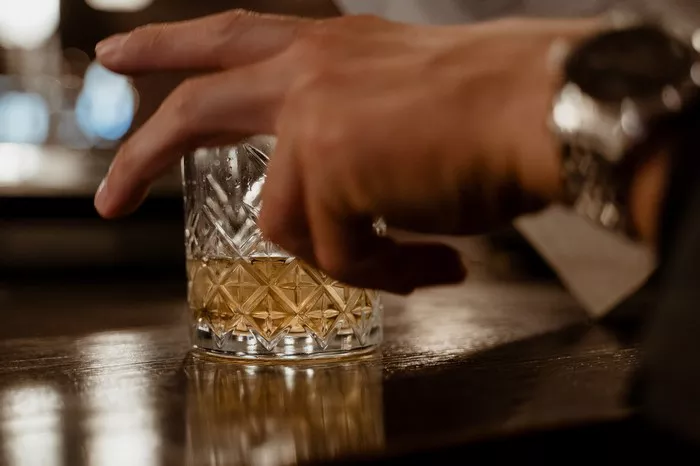Liquor and liqueur – these two terms are often used interchangeably, but they represent distinct categories of alcoholic beverages, each with its unique attributes and purposes. In this comprehensive guide, we will delve into the world of liquor and liqueur, dissecting their differences in terms of ingredients, production processes, taste profiles, and their respective roles in the world of mixology and culinary delights.
1. Ingredients
Liquor:
Liquor, also known as spirits, is derived from the distillation of fermented grains, fruits, or vegetables. Common liquor varieties include whiskey, vodka, rum, gin, and tequila. Each type of liquor originates from different raw materials, which significantly influence their flavor profiles.
Whiskey: Crafted from fermented grains, typically barley, corn, rye, or wheat. Aging in wooden barrels imparts distinct flavors.
Vodka: Primarily made from fermented grains or potatoes. Known for its neutral taste and versatility in cocktails.
Rum: Distilled from sugarcane juice or molasses. The aging process in oak barrels enhances its complexity.
Gin: Produced by re-distilling neutral spirits with botanicals like juniper berries, resulting in herbal and floral notes.
Tequila: Made from the blue agave plant in Mexico. Its flavor varies based on the aging process.
Liqueur:
Liqueurs, on the other hand, are flavored spirits infused with various ingredients, such as fruits, herbs, spices, and sweeteners. These additions contribute to their distinct tastes and aromas.
Examples include Grand Marnier (orange liqueur), Amaretto (almond liqueur), and Chartreuse (herbal liqueur).
Liqueurs can be enjoyed neat, used as cocktail mixers, or incorporated into desserts and coffee.
2. Production Process
Liquor:
The production of liquor involves several key steps, including fermentation, distillation, and aging. The choice of raw materials, distillation methods, and aging duration all play pivotal roles in shaping the final product.
Some liquors, like Scotch whisky, must adhere to strict regulations and regional standards to earn their designation.
Liqueur:
Liqueurs are created through a different process. After distillation, flavorings and sweeteners are added to the base spirit. This infusion process results in a wide range of flavor profiles.
The alcohol content in liqueurs varies but is typically lower than that of pure liquor.
Liqueurs often exhibit vibrant and diverse colors, making them visually appealing for cocktails and dessert garnishes.
3. Taste Profile
Liquor:
Liquors tend to have strong and distinct flavors, largely influenced by the base ingredients and aging process. They are often enjoyed on their own or in cocktails that highlight their unique characteristics.
Scotch whisky boasts smoky and peaty notes, while bourbon is known for its caramel and vanilla undertones.
Vodka’s neutrality makes it a versatile base for mixed drinks.
Liqueur:
Liqueurs are prized for their sweet, aromatic, and sometimes spicy or herbal flavors. These qualities make them ideal for adding depth and complexity to cocktails and culinary creations.
Amaretto lends an almond-scented sweetness to drinks, while Crème de Menthe imparts a refreshing minty flavor.
Fruit liqueurs like Chambord and Cointreau enhance the fruity elements in cocktails.
4. Culinary and Mixology Applications
Liquor:
Pure liquors are often sipped neat or enjoyed on the rocks, allowing enthusiasts to savor their nuanced flavors. They are also indispensable in crafting classic cocktails.
A Manhattan showcases the rich character of bourbon or rye whiskey, while a Martini spotlights the clarity of gin or vodka.
Liqueur:
Liqueurs serve as valuable components in mixology, adding depth and character to a wide range of cocktails. Additionally, they are employed in the culinary world for flavoring desserts and enhancing sauces.
The Espresso Martini relies on coffee liqueur, while the Margarita incorporates orange liqueur.
Tiramisu, a beloved Italian dessert, is often enriched with coffee and almond liqueurs.
Conclusion
In summary, liquor and liqueur, despite their shared alcoholic nature, differ significantly in terms of ingredients, production processes, taste profiles, and applications.


